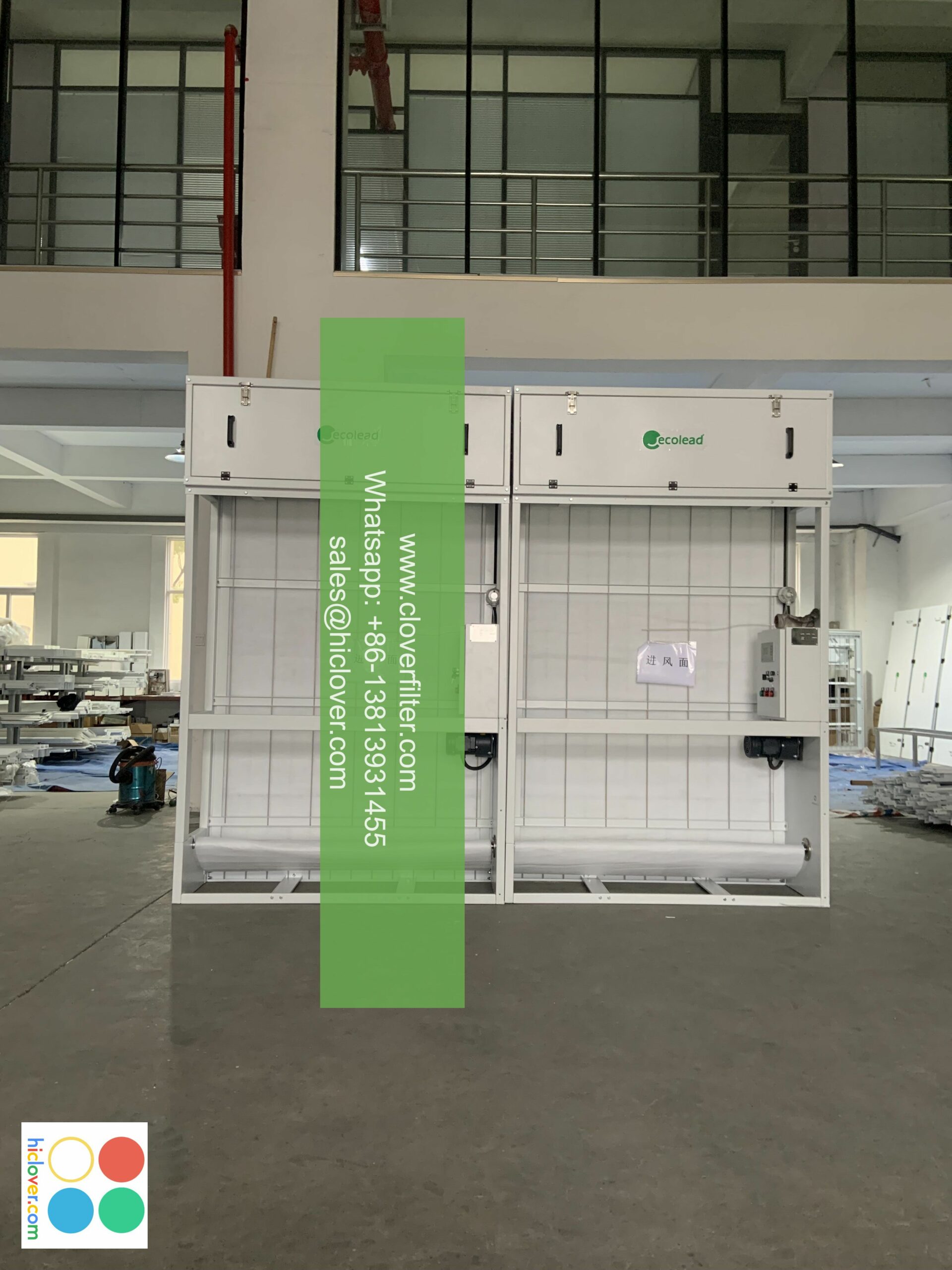Air Filter Production in Europe: Regulatory Landscape

The air filter production industry in Europe is a rapidly growing sector, driven by increasing demand for clean air and strict regulations to reduce pollution. The regulatory landscape in Europe is complex, with various directives and standards governing the production and use of air filters. In this article, we will explore the key regulations and standards affecting air filter production in Europe, highlighting various application areas, including industrial air filtration, automotive air filtration, and residential air filtration.
Regulatory Framework
The European Union (EU) has established a comprehensive regulatory framework to ensure the quality and safety of air filters. The EU Directive 2009/125/EC sets out the requirements for ecodesign and energy labeling of air filters, while the EU Regulation 305/2011 lays down the harmonized conditions for the marketing of construction products, including air filters. Additionally, the EN 779:2012 and EN 1822:2019 standards provide guidelines for the testing and classification of air filters.
Key Regulations and Standards
* EN 779:2012: This standard sets out the requirements for the testing and classification of air filters for general ventilation applications.
* EN 1822:2019: This standard provides guidelines for the testing and classification of air filters for high-efficiency particulate air (HEPA) and ultra-low penetration air (ULPA) applications.
* EU Directive 2009/125/EC: This directive sets out the requirements for ecodesign and energy labeling of air filters.
* EU Regulation 305/2011: This regulation lays down the harmonized conditions for the marketing of construction products, including air filters.
Application Areas
Air filters are used in a wide range of applications, including:
* Industrial air filtration: Air filters are used in industrial settings to remove pollutants and contaminants from the air, improving indoor air quality (IAQ) and reducing the risk of occupational diseases.
* Automotive air filtration: Air filters are used in vehicles to remove pollutants and contaminants from the air, improving in-cabin air quality and reducing the risk of health problems.
* Residential air filtration: Air filters are used in residential settings to remove pollutants and contaminants from the air, improving indoor air quality (IAQ) and reducing the risk of health problems.
Emerging Trends and Technologies
The air filter production industry in Europe is driven by emerging trends and technologies, including:
* Nanofiltration: The use of nanofiltration technology to remove pollutants and contaminants from the air.
* Activated carbon filtration: The use of activated carbon to remove pollutants and contaminants from the air.
* UV-C filtration: The use of UV-C light to remove pollutants and contaminants from the air.
* Smart air filtration systems: The use of smart technologies to monitor and control air filtration systems, improving energy efficiency and IAQ.
In conclusion, the air filter production industry in Europe is a rapidly growing sector, driven by increasing demand for clean air and strict regulations to reduce pollution. The regulatory landscape in Europe is complex, with various directives and standards governing the production and use of air filters. By understanding the key regulations and standards, and highlighting various application areas, air filter manufacturers can ensure compliance and stay ahead of the competition in the European market. It seems like you’re ready to start a conversation or ask a question, but you haven’t provided a specific prompt yet. What’s on your mind? Would you like to discuss a particular topic, ask for information, or perhaps explore a creative idea? I’m here to help with whatever comes to mind!

